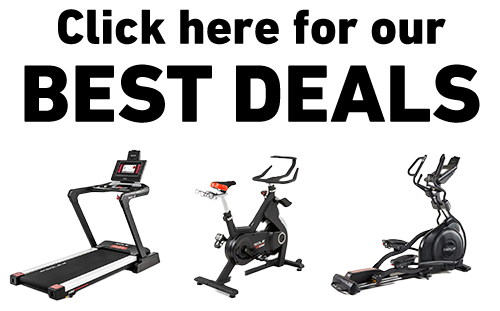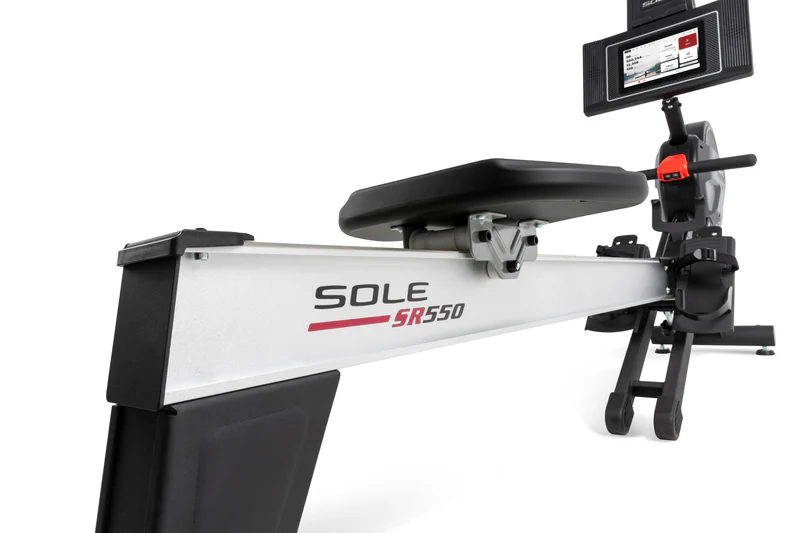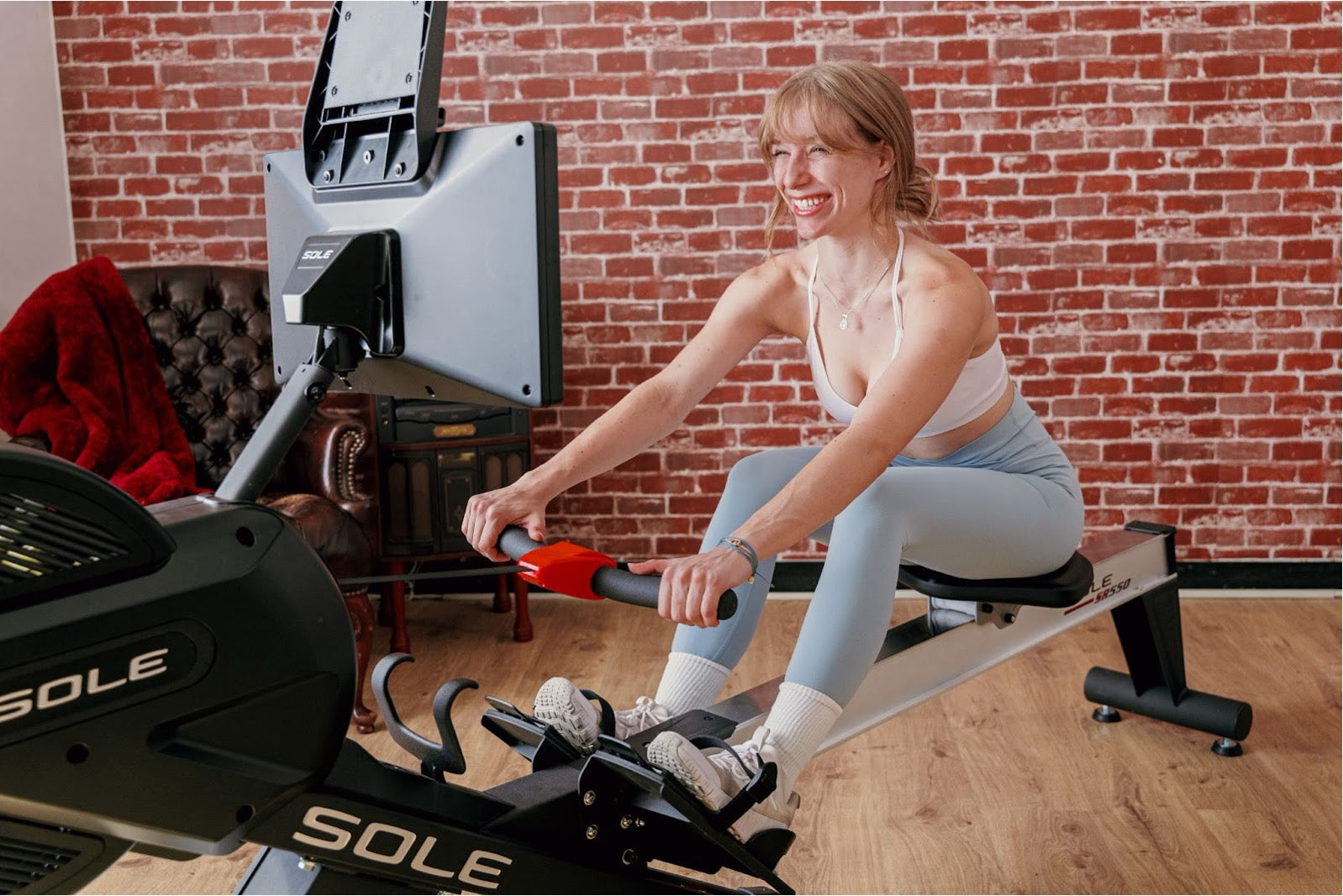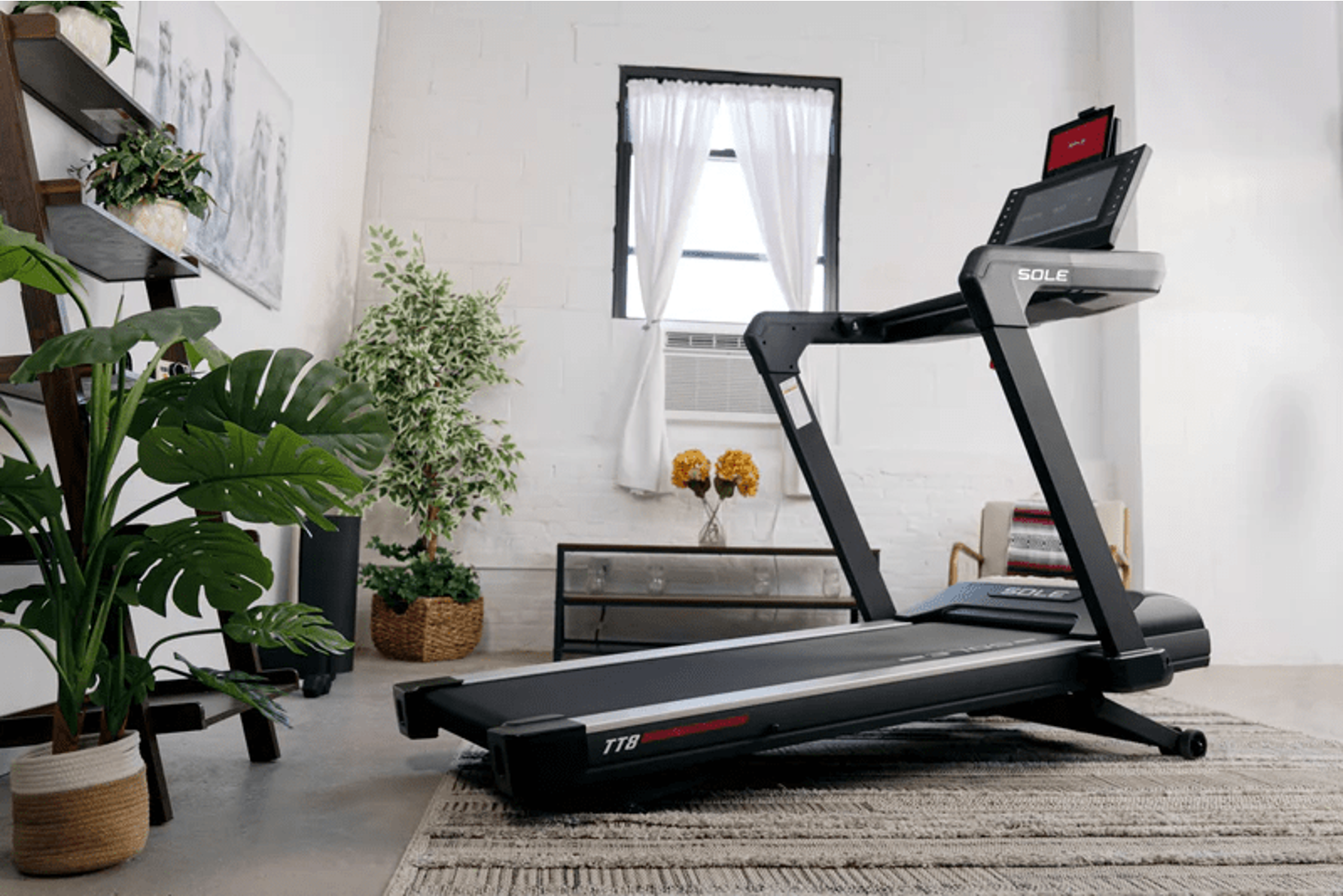Key Takeaways
- Proper grip on a rowing machine can significantly impact your workout efficiency and muscle engagement.
- There are a handful of grip variations including overhand, underhand, neutral, and hook grips - each targeting different muscle groups.
- Choosing the right grip depends on personal comfort, fitness goals, and the type of rowing machine you are using.
- Experimenting with different grips can help reduce fatigue and prevent injuries during long rowing sessions.
- Our SR550 Rowing Machine's ergonomic handle accommodates multiple grip variations for different muscle targeting.
Rowing Machine Grip Basics
Common Grip Styles
There are many common grip styles that you can use on a rowing machine - some popular ones are the overhand grip, underhand grip, neutral grip, and hook grip. They all serve a different purpose and can change the focus of your workout.
Importance of Proper Grip
Having the correct grip maintains proper form and maximises the benefits of your rowing workout.
A proper grip helps distribute the workload evenly across your muscles, reducing the risk of strain or injury. It also ensures that you are engaging the right muscles, which is crucial for achieving your fitness goals.
It allows for a smoother rowing motion, making your workout more efficient and enjoyable.
Impact on Performance
Different grips target different muscle groups, allowing you to focus on specific areas depending on your fitness goals.
For instance, an overhand grip primarily targets the back muscles, while an underhand grip can engage the biceps more effectively.
Your grip can also affect your endurance and power output. A comfortable and efficient grip can help you maintain your rowing pace for longer periods, while an improper grip can lead to fatigue and decreased performance.
|
At SOLE, we're proud to offer top-quality exercise equipment designed for home and gym use. Our machines are built to meet the highest standards of durability and performance, making them ideal for fitness enthusiasts at any level. SOLE Products
|
Different Grip Variations Explained
Overhand Grip
The overhand grip, also called pronated grip, is the most common rowing grip style. It involves gripping the handle with palms facing downward (image courtesy of Rowing Machine King)
Benefits:
- Considered the standard grip for rowing machines
- Maximizes back muscle engagement, particularly the latissimus dorsi
- Provides excellent stability throughout the stroke
- Facilitates a natural arm position for most users
Best for: General fitness, back development, and maintaining proper rowing form.
Underhand Grip
The underhand grip or supinated grip requires holding the handle with palms facing upward (image courtesy of Training Tall).
Benefits:
- Increases biceps activation
- Can reduce wrist strain for some users
- May help those with limited shoulder mobility
- Creates a different loading pattern on the back muscles
Best for: Biceps development, variety in training, and users with specific wrist discomfort using the standard grip.
Neutral Grip
The neutral grip positions the hands with palms facing each other, requiring a specialized handle or grip attachment (image courtesy of Muscle and Strength).
Benefits:
- Creates the most natural wrist position
- Reduces rotational stress on forearms
- Often most comfortable for beginners
- Excellent for those with wrist or elbow issues
Best for: Joint health, comfort, and reducing strain during longer rowing sessions.
Hook Grip
The hook grip is an advanced technique where the thumb is placed against the handle first, then the fingers wrap over the thumb (image courtesy of Shredded Dad).
Benefits:
- Provides extremely secure grip during high-intensity rowing
- Reduces grip fatigue during longer sessions
- Minimizes the energy needed to maintain a firm hold
- Popular among competitive rowers
Best for: High-intensity interval training, competitive rowing, and advanced users.
Factors for Choosing the Right Grip
Personal Comfort
The most effective grip is one you can maintain consistently without pain or excessive fatigue. Consider:
- Wrist mobility and any existing joint issues
- Hand size relative to handle thickness
- Previous injuries that might affect grip comfort
- Natural hand position preferences
Listen to your body—discomfort is a signal that your current grip may not be optimal for your physiology.
Fitness Goals and Muscle Targeting
Your grip should align with your specific fitness objectives:
- For overall fitness: Alternate between grip styles
- For back development: Prioritize overhand grip
- For arm definition: Incorporate underhand grip
- For joint health: Favor neutral grip positions
Machine Type and Handle Design
Different rowing machines offer various handle designs:
- Standard straight bar handles work well with all grip styles
- Ergonomic handles often facilitate neutral grip positions
- Water rowers typically have wider handles than air or magnetic models
- Some machines offer interchangeable handles for grip variety
When purchasing a rowing machine, consider handle design as a crucial factor rather than an afterthought.
Advanced Grip Techniques
Switching Grips During Long Sessions
For rowing sessions longer than 20 minutes, consider implementing grip changes to:
- Prevent overuse of specific muscle groups
- Distribute fatigue across different forearm muscles
- Maintain engagement during longer workouts
- Create varied training stimulus for better adaptations
A common approach is to switch grip styles every 5-10 minutes during extended sessions. This simple strategy can significantly extend your endurance.
Using Ergonomic Handles
Aftermarket ergonomic handles can transform your rowing experience by:
- Providing angled grip surfaces that match natural wrist positions
- Offering variable grip widths for different upper body dimensions
- Including cushioning to reduce pressure points
- Creating opportunities for specialized grip variations
Practical Tips for Testing Grips
Grip Experimentation
- Begin with short 5-minute sessions using each grip style
- Note differences in comfort, perceived exertion, and muscle activation
- Gradually increase the duration with preferred grips
- Consider filming yourself to assess form with different grips
- Track performance metrics to identify which grip optimizes your results
Adjusting Grip to Reduce Fatigue
As fatigue accumulates during rowing, consider these adjustments:
- Slightly widen or narrow hand position
- Consciously reduce grip pressure (many rowers squeeze too tightly)
- Switch to an alternative grip style for recovery intervals
- Incorporate quick hand-flexing exercises during brief rests
- Use chalk or rowing gloves for sessions where grip fatigue is problematic
Optimize Your Rowing Experience with SOLE
The SOLE SR550 features an ergonomically designed handle that comfortably accommodates various grip positions, including overhand, underhand, and wide grips - allowing you to target different muscle groups during your workouts.
What separates the SR550's grip design from standard rowing machines is its subtle contour engineering that distributes pressure evenly across your palms during all grip variations.
The slightly textured surface provides secure contact without requiring excessive gripping force—a common cause of forearm fatigue during longer sessions. This is valuable when switching between grip styles mid-workout.
If you are exploring the neutral grip, the central portion of the handle offers a wider diameter that prevents finger overlap and maintains proper wrist alignment throughout the stroke.
The handle's connection to the resistance mechanism features a pivoting attachment point that accommodates natural hand rotation during the finishing phase of each stroke.
This small detail becomes crucial when alternating between overhand and underhand grips, as it eliminates the need to fight against fixed-plane movement that can strain the wrists and forearms.
Check out our SR550 rowing machine today!
Frequently Asked Questions (FAQ)
Does grip affect rowing efficiency?
Yes, your grip can significantly impact rowing efficiency. A proper grip ensures that you are engaging the right muscles and maintaining a smooth rowing motion.
An inefficient grip can lead to wasted energy and decreased performance, so it's essential to find a grip that feels comfortable and effective.
What grip is best for beginners?
For beginners, the neutral grip is often the best starting point. This grip promotes proper form and reduces the risk of strain on the wrists and forearms.
As beginners become more comfortable with rowing, they can experiment with other grip variations like the mixed grip (one hand overhand, one hand underhand), fingertip grip for forearm development, and the competition-style relaxed grip to target different muscle groups and enhance their workouts.
Beginners should focus on mastering the basic rowing technique before exploring more advanced grip styles.
Can grip variations prevent injuries?
Grip variations can help prevent injuries by distributing the workload across different muscle groups and reducing the risk of overuse.
By alternating between grips, you can ensure a more balanced workout and minimize the strain on specific muscles and joints.
Is it necessary to switch grips during a session?
While not strictly necessary, switching grips during a session can provide several benefits:
- Reduces muscle fatigue
- Improves overall muscle engagement
- Adds variety to your workout
- Makes longer rowing sessions more enjoyable and sustainable
What rowing machine offers the most versatile grip options?
Our SR550 rowing machine features an ergonomic handle perfect for multiple grip variations—allowing you to easily switch between standard, wide, and underhand positions to target different muscle groups during your workout.




Leave a comment
This site is protected by hCaptcha and the hCaptcha Privacy Policy and Terms of Service apply.